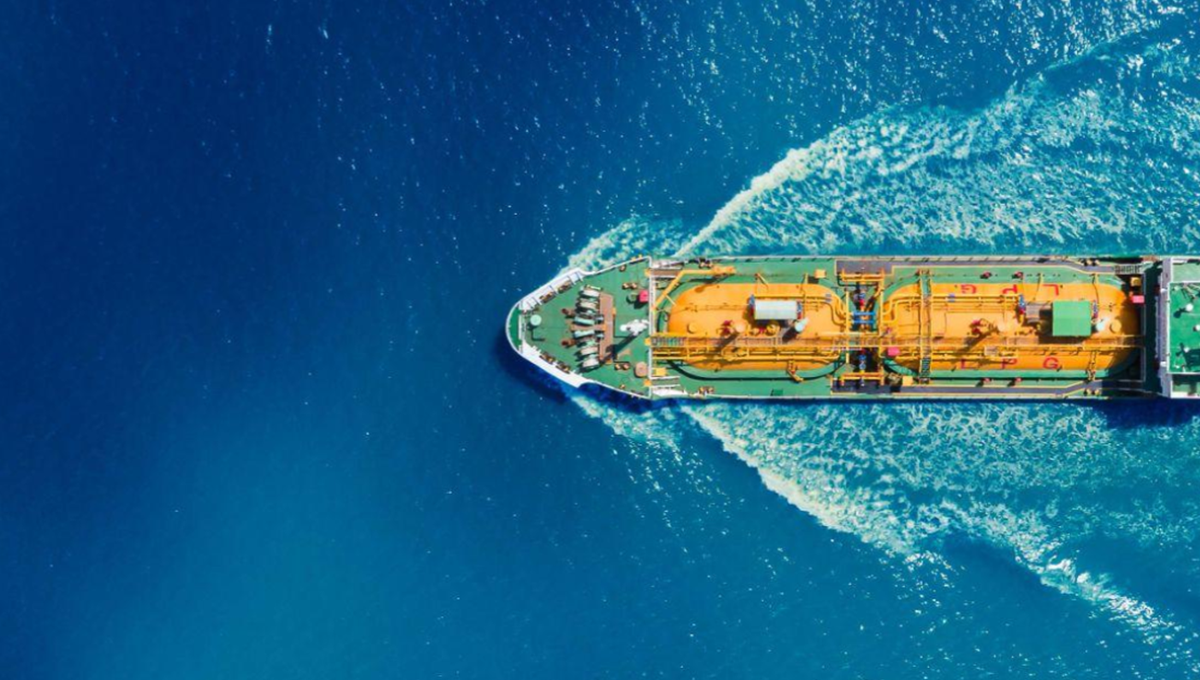Trade opportunities in high-growth corridors


Doubts over China’s post-COVID bounce back has hit the headlines in recent weeks, fuelled by concerns over credit availability and a slump in industrial production. This adds another layer of complexity to what has already been an unpredictable year. However, these relatively short-term concerns shouldn’t obscure the long-term trend of growth in the region, and the opportunities that brings for businesses across the world.
Asia’s success has been built on the steady march of more open markets, lifting hundreds of millions out of poverty over the past four decades. Better connections between markets remain critical to the future of global growth. Our recent report Future of Trade 2023 makes clear that free trade still has the potential to deliver trillions of dollars of additional commerce across 13 key Asian, African and Middle Eastern markets.
By 2030, fuelled by agreements such as Asia’s Regional Comprehensive Economic Partnership and the African Continental Free Trade Area, activity in these trade corridors will outpace global trade growth, and propel exports originating in Asia, Africa, and the Middle East to USD14.4trn – 44% of the world’s exports by 2030.
Intra-Asia flows will increase substantially – exports from East Asian countries to the Association of Southeast Asian Nations (ASEAN) bloc, for example, will almost double to $1.1trn by the end of the decade.
Inter-regional trade is also expected to grow. In Africa, both imports and exports to South Asia will double by 2030. In the Middle East, exports to Europe will likely see the highest growth, as Europe diversifies its fossil fuel mix.
Across all these regions, supply chain financing will be a key enabler. Our report shows that greater adoption of supply chain finance platforms could unlock close to $1trn of exports in those 13 markets. In turn, this will drive greater inclusion for small and medium-sized businesses, and more accurate tracking of supply chain sustainability.
None of this growth is guaranteed, however. It will rely on the confidence of businesses and investors to continue putting money into improved supply chains, digital connections, and manufacturing hubs.
It also depends on the right policy mix from national and international bodies. That includes measures to improve the quality of infrastructure, deeper integration through the removal of trade and finance barriers, and reinforcement of the rule-of-law to help manage disputes.
It is in all our interests, especially the millions of ordinary people who will benefit from deeper trade links, to avoid protectionism or further geopolitical tensions. These may seem a tempting recourse for short-term problems, but in the long run cooperation will bring greater rewards. Not just higher growth, but a stronger collective effort on global challenges like climate change.
So, what’s Standard Chartered’s role in all this? In recent conversations with analysts and investors it’s clear that many share the confidence we have in our business. There are few banks as well-positioned as we are to capture the opportunities on offer in these fast-growing trade corridors, particularly across ASEAN, the rest of Asia and Africa.
It often feels like the global economy is stumbling from problem to problem, but the broader picture is still one of huge opportunity. Standard Chartered will continue to facilitate investment that grows trade and prosperity, and support policies that give our clients the best chance to flourish.